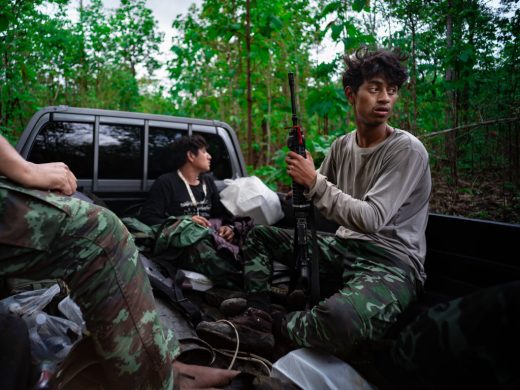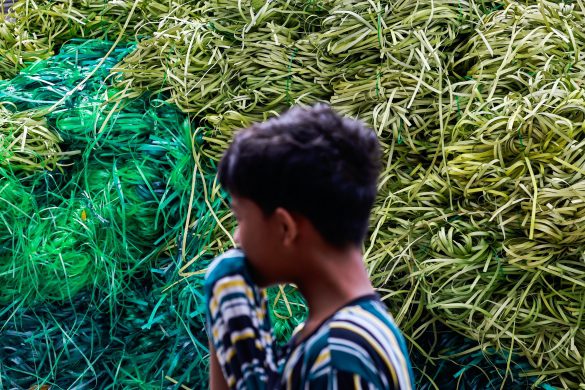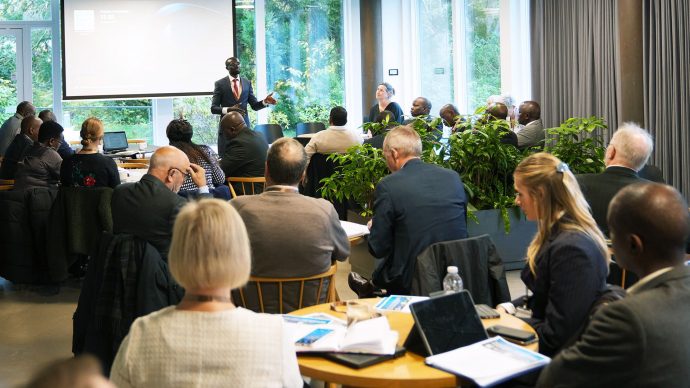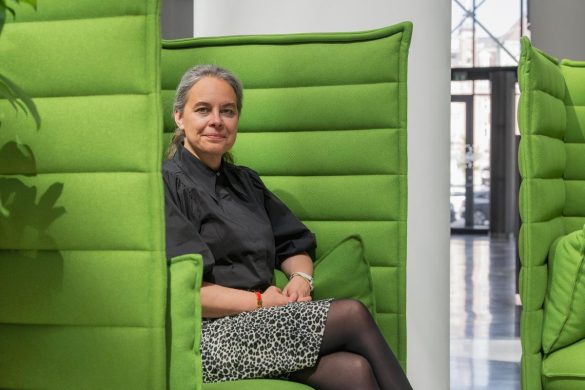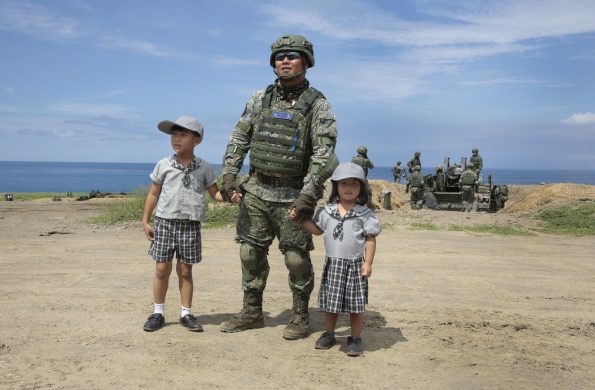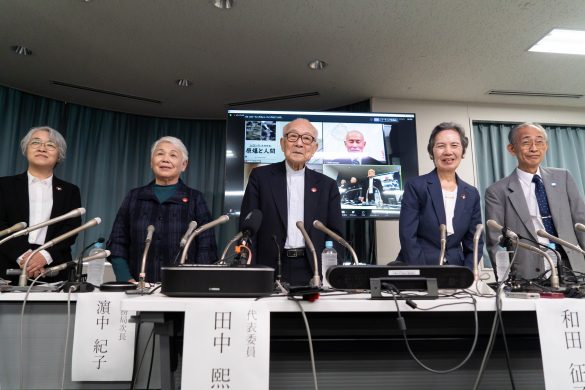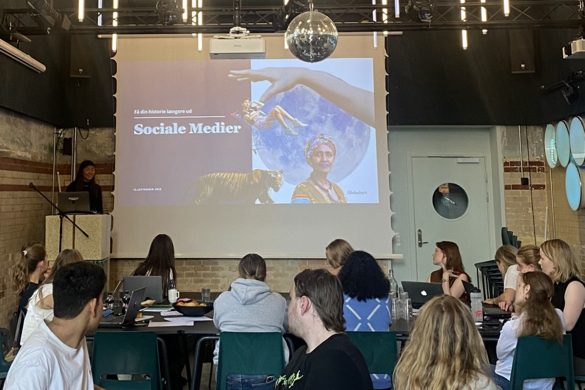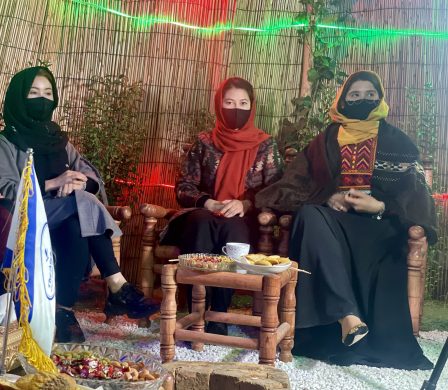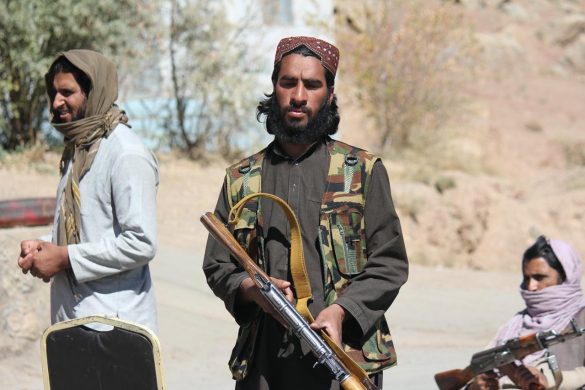Medens Vesten ofte tænker i strategisk bistand med f.eks. kapacitetsopbygning som mål støtter Kina enkeltprojekter – og har ni slags u-landsbistand at byde på.
NAIROBI, 17 September 2013 (IRIN) – China’s role as an aid donor has been met with wariness, both from aid experts and recipients. Confusion over the nature of China’s aid arises because the country uses multiple ministries and agencies to give money, has different strategic priorities than traditional Western donors, and does not release detailed reports about how much aid it provides.
“China has at least nine kinds of aid,” Deborah Bräutigam, a leading scholar on Chinese aid to Africa and a professor at the Johns Hopkins School of Advanced International Studies, notes in her book, “The Dragon’s Gift”:
“Medical teams, training and scholarships, humanitarian aid, youth volunteers, debt relief, budget support, turn-key or ‘complete plant’ projects [infrastructure, factories], aid-in-kind and technical assistance.”
Projekt bistand
Most of these aid forms have existed since China became an international donor.
The country gives money through three mechanisms: interest-free loans; grants; and preferential interest loans or tied loans, according to Xue Lei, a research fellow of Shanghai’s Institutes for International Studies. “Most of the foreign aid is provided in the form of project aid,” he told IRIN.
This is a key difference between the way China provides aid and way that the US, UK or other Western powers approach assistance.
While the US Agency for International Development (USAID = Amerikas Danida)) and the UK’s Department for International Development (DFID) provide large amounts of funding to support government budgets in areas such as education, China prefers to instead to work on a single project, such as building a school, or provide scholarships to students to study in China.
“Both are very attractive, but there’s no doubt that China’s is much more… visible than putting money into the budget,” Kenneth King, professor emeritus at the University of Edinburgh told IRIN.
Læren fra Kinas udvikling
There are also changes in the way China looks at the links between aid, development and business.
“In many contemporary accounts of Western aid and capacity-building in Africa, there would not be a close connection between aid and trade,” King writes in his book. China by contrast, sees a very important link between private business and aid. Indeed, this is a core element of China’s official view to development.
“China’s job, our responsibility, is to try and help Africa compete with us,” said Ambassador Zhong Jianhua, China’s special representative on African affairs, in an interview with the African Research Institute, published in August.
Se mere på
This may be a reflection of the fact that China has been a recipient nation of aid.
“Influenced mainly by their own experience of development and by the requests of recipient countries, the Chinese aid and economic cooperation programmes emphasized infrastructure, production and university scholarships at a time when traditional donors downplayed these,” wrote Bräutigam.
“China feels that infrastructure is essential to development. There is a huge call for that, and the West has not responded. These same companies that are building roads in Africa, they have also built roads in China,” said Ward Warmerdam, a researcher at the International Institute of Social Studies in The Hague and an economic researcher at the think tank Profundo.
“Gradually, Africa is becoming a much more stable continent. A lot of the Western donors do not really understand that,” noted he.
Stort overlap
There are three main organs controlling Chinese aid: the Ministry of Commerce, the Ministry of Foreign Affairs and China’s Eximbank. The State Council – China’s cabinet – has oversight, and approves the annual budget, grants and aid projects over a certain amount, as well as aid to politically sensitive countries.
The Ministry of Finance is also responsible for giving aid to multilateral organizations, such as UN agencies.
The Ministry of Commerce (MOFCOM) is the principal institution for Chinese aid, and houses the Department of Aid. It is in charge of distributing all zero-interest loans and grants.
The Ministry of Foreign Affairs coordinates with MOFCOM to decide aid allocations, and is the on-the-ground diplomatic point of contact for Chinese firms and interests in Africa.
But the relationship between the two ministries is often tense, and, as experts have argued, conflicting interests between the multiple agencies sometimes hurts Chinese aid policy.
In addition, over 23 other government ministries and commissions play some role in providing foreign aid.
For example, the Ministry of Education has been responsible for scholarships provided to African students to study in China, and the Ministry of Health runs and funds overseas medical programmes.
“I do think that in the medium term they will likely set up a separate agency,” Bräutigam told IRIN. “There has been a lot of discussion about this in China.”
Mere om “Dragons Gift” på




